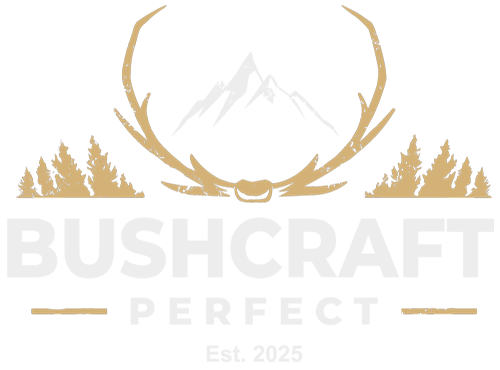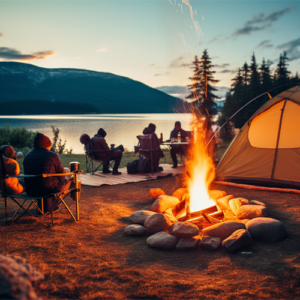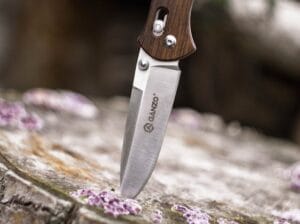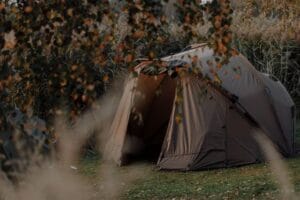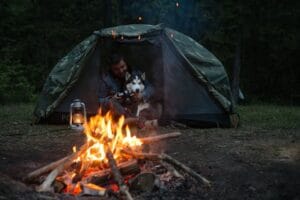What Bushcraft Survival Skills Do You Need? Really.
Bushcraft survival skills give us the ability to live off the land, relying on nature for shelter, water, food, and tools. Whether you’re deep in the wilderness or caught in an unexpected survival situation, knowing how to take care of your basic needs with minimal resources is crucial.
These skills are more than just survival techniques—they’re about building confidence and self-reliance. I’ll walk you through essential bushcraft survival techniques that can help you in the wild.
Building a Shelter: Your First Priority in the Wild
In the wilderness, shelter comes first. It’s a matter of protecting yourself from the elements—cold, rain, wind, and even the scorching sun. Without a shelter, your body loses heat fast, and it becomes harder to survive. Even a mild drop in temperature can lead to hypothermia, especially if you’re wet or exposed to wind.
The key is to build a shelter with materials you can find nearby. For instance, a lean-to shelter is one of the simplest and most effective options. All you need is a strong, long branch and a few smaller branches. Find a sturdy tree or rock to prop the main branch against, then stack smaller branches along one side, creating a slanted roof.
Cover the structure with leaves, moss, or pine needles to make it waterproof and insulated. The more debris you pile on, the warmer and more protected you’ll be. Alternatively, you could build a debris hut if you need more insulation. A debris hut is enclosed on all sides, trapping your body heat inside.
Firecraft: Creating Fire for Warmth, Cooking, and Protection
Fire isn’t a luxury—it’s a necessity. A fire can keep you warm, dry your clothes, cook your food, and purify your water. It’s also your best defense against predators, as most animals fear fire. Starting a fire without matches or a lighter takes skill, so I practice a few methods regularly to stay sharp.
The flint and steel method is reliable, even in damp conditions. Strike the steel against the flint to generate sparks that land on your tinder. Use dry, fine tinder—dry grass, bark shavings, or cotton balls if you have them. Another option is the bow drill, which uses friction to create an ember. It takes practice, but it’s effective when modern tools aren’t available.
Once you have a fire going, maintain it with a mix of small sticks (kindling) and larger logs. Fire safety is crucial—never leave your fire unattended, and make sure you have a way to extinguish it quickly if needed.
Finding and Purifying Water
Water is the next most important survival resource. You can go several days without food, but without water, you’ll start to weaken fast. Finding water is one thing, but making sure it’s safe to drink is another. Flowing water like rivers, streams, or creeks is preferable, as still water is more likely to contain harmful bacteria or parasites.
One simple trick is to collect dew from plants in the early morning. Use a cloth or your hands to gather dew, then wring it out into a container. Once you’ve located water, purifying it is essential. Boiling is the most foolproof method, bringing water to a rolling boil for at least one minute to kill off pathogens.
If boiling isn’t possible, a makeshift water filter can help remove larger debris. Layer sand, charcoal, and small rocks in a container and pour the water through. It won’t kill bacteria, but it helps remove dirt. Purification tablets work well in a pinch, but boiling is always preferred for reliability.
Foraging for Food: Edible Plants, Insects, and Trapping
In a survival situation, you’ll need to find food. Start by learning how to identify edible plants and avoid toxic ones. Dandelions, cattails, and wild berries are common, but always be cautious. When in doubt, it’s better to skip a plant than risk poisoning.
Insects are another excellent source of protein. Grasshoppers, ants, and crickets are all edible and can provide an energy boost. Avoid brightly colored insects or those with hairy bodies, as they tend to be poisonous. For more advanced techniques, trapping small game can be a valuable food source. The figure-four deadfall trap, for example, is simple and effective for capturing small prey.
Navigating Without a Map: Orientation and Wilderness Travel
Getting lost is a real danger in the wilderness. If you don’t have a map or compass, you can still navigate using natural clues. The sun rises in the east and sets in the west, and at night, the North Star can guide you if you’re in the Northern Hemisphere.
The shadow-stick technique is another simple method: stick a branch into the ground, mark its shadow, wait 20 to 30 minutes, and mark the new shadow position. Draw a straight line between the two points; the first mark points west, the second points east. This method is easy and effective when a compass isn’t available.
Essential Bushcraft Tools: Knives, Axes, and Ropework
No survival kit is complete without a knife. I always carry a sturdy survival knife. A good knife is your most versatile tool—use it to cut branches, skin animals, prepare food, or even start a fire. Make sure your knife has a full tang (the metal extends through the entire handle) for strength.
An axe can also be valuable, especially for cutting larger logs or trees. While heavier to carry, it’s useful for building shelters and gathering firewood. Lastly, learning a few basic knots like the bowline, clove hitch, and square knot can help with securing shelters and equipment.
Bushcraft survival is all about practice, patience, and preparation. These skills might seem simple on paper, but they take time to master in real-life situations. Once you’re comfortable with these basics, you’ll find that living off the land becomes a rewarding, empowering experience.
You might as well be interested in
-
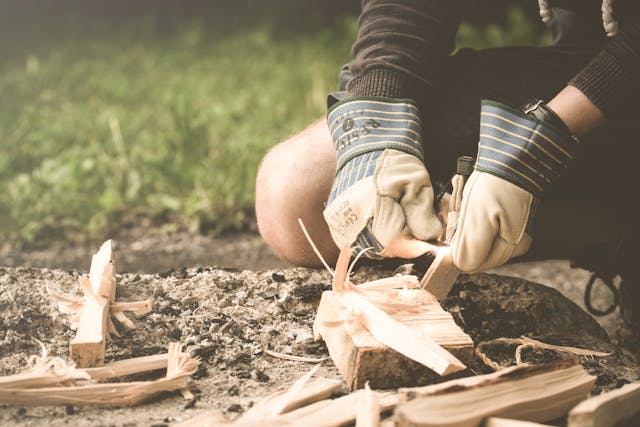
Bushcraft Survival Skills – What’s Important
What Bushcraft Survival Skills Do You Need? Really. Bushcraft survival skills give us the ability to live off the land, relying on nature for shelter,…
-

Essential Bushcraft Skills: What I Know You Need to Know
Essential Bushcraft Skills: What You Really Need to Know Out There When you’re out in the wild, certain skills aren’t optional—they’re the foundation of survival.…
-
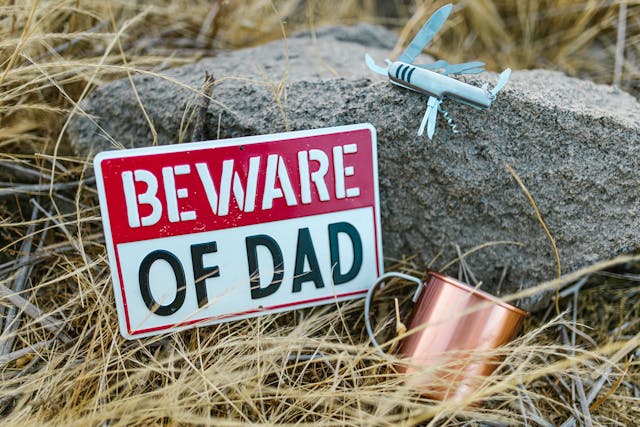
Bushcraft Training: Skills You Need to Learn Before Hitting the Wild
Essential Bushcraft Skills: What You Really Need to Know Out There When you’re out in the wild, certain skills aren’t optional—they’re the foundation of survival.…
-
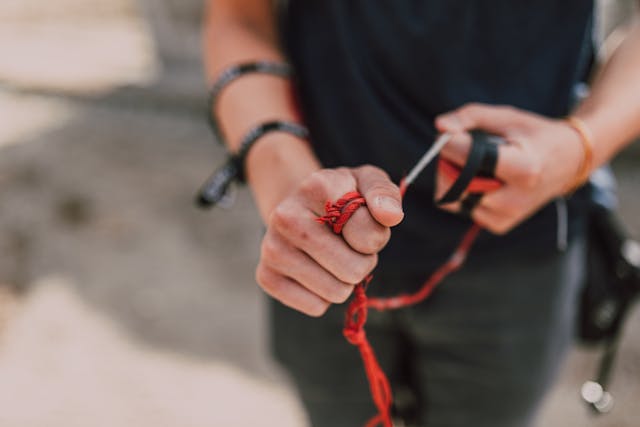
Bushcraft Knots You’ll Actually Use: Tying Skills That Matter
Bushcraft Knots You’ll Actually Use: Tying Skills That Matter When you’re out in the wild, knowing a few good knots can make life a whole…
